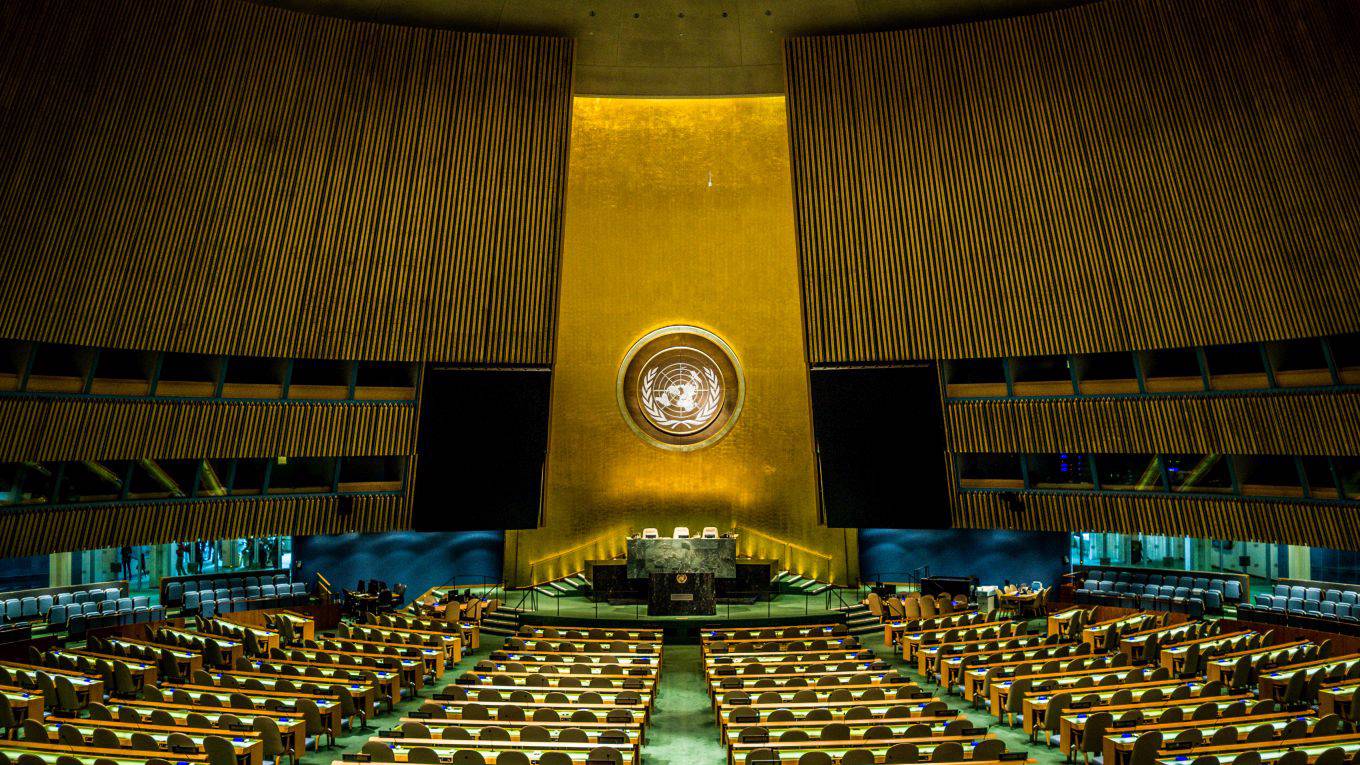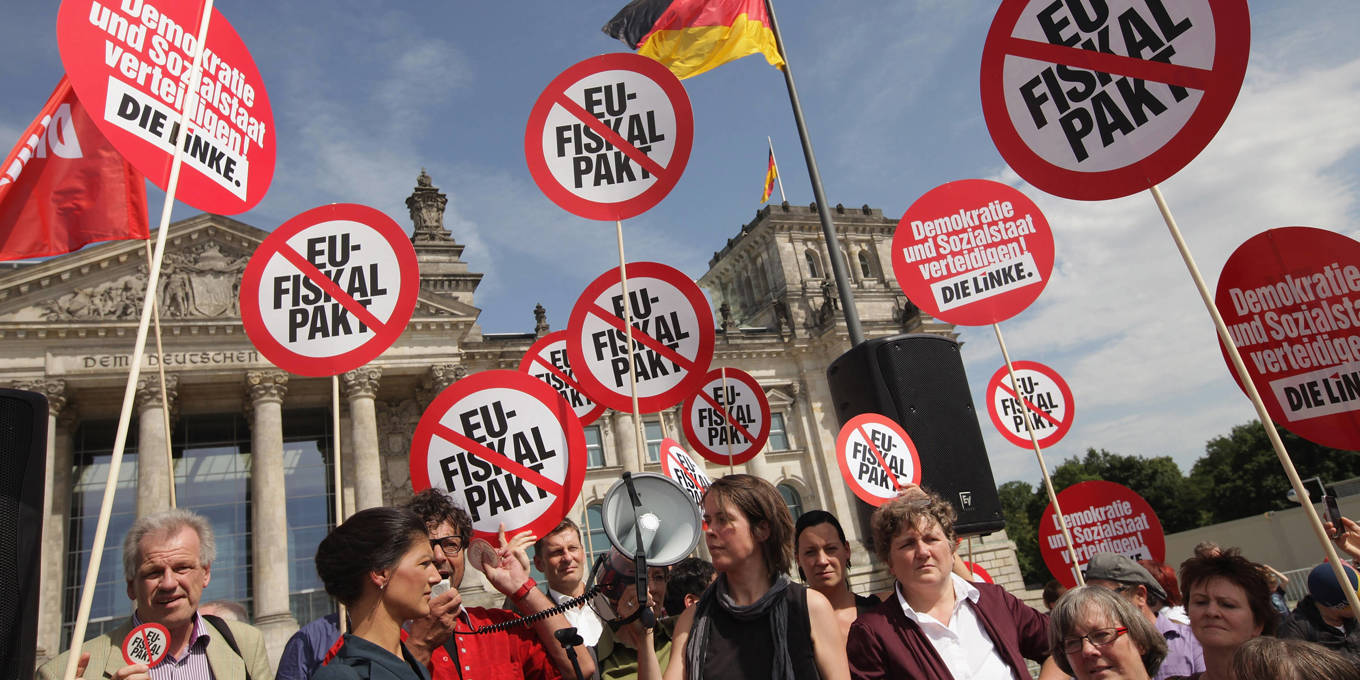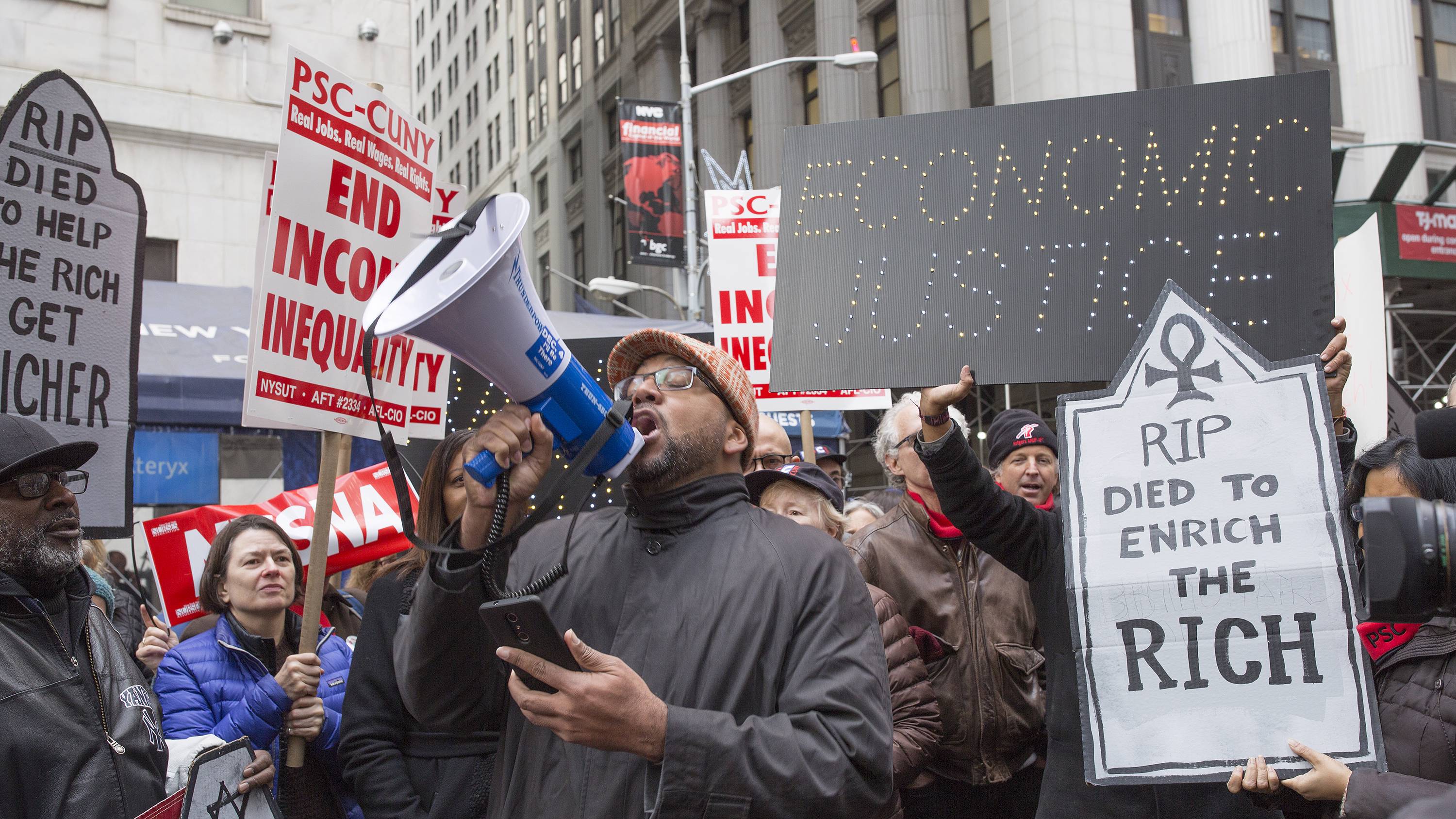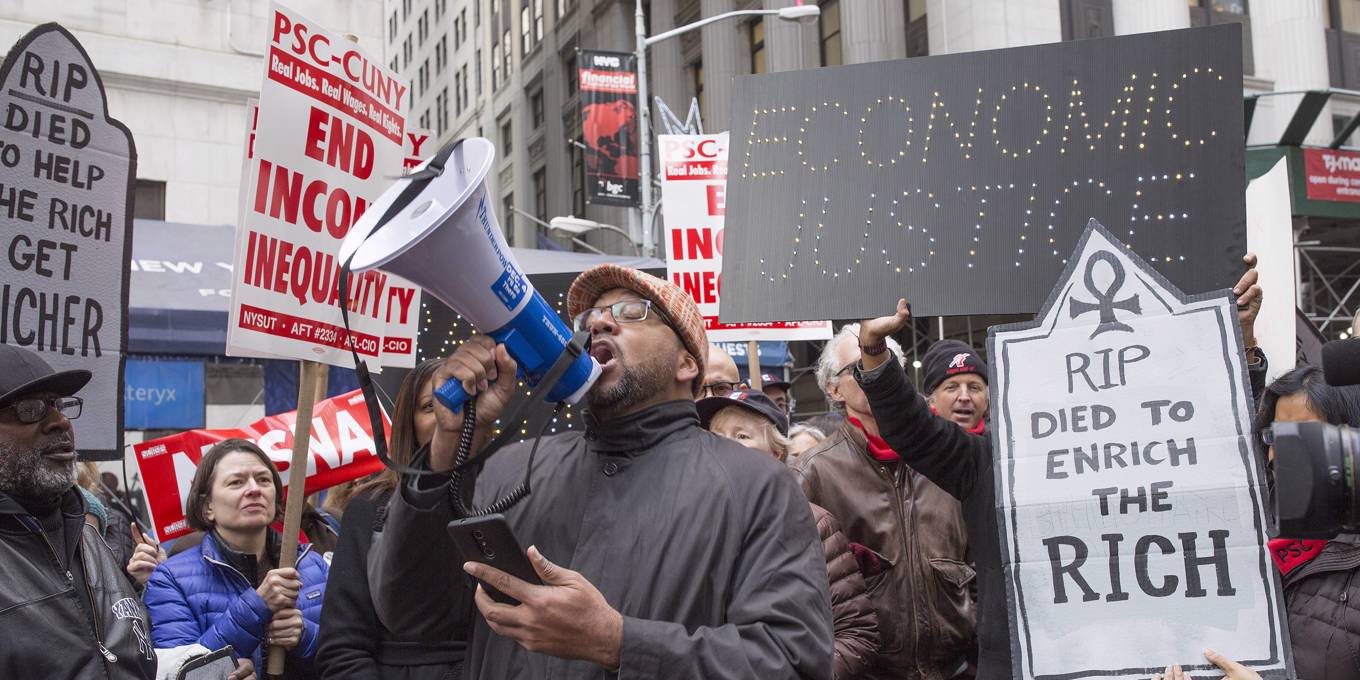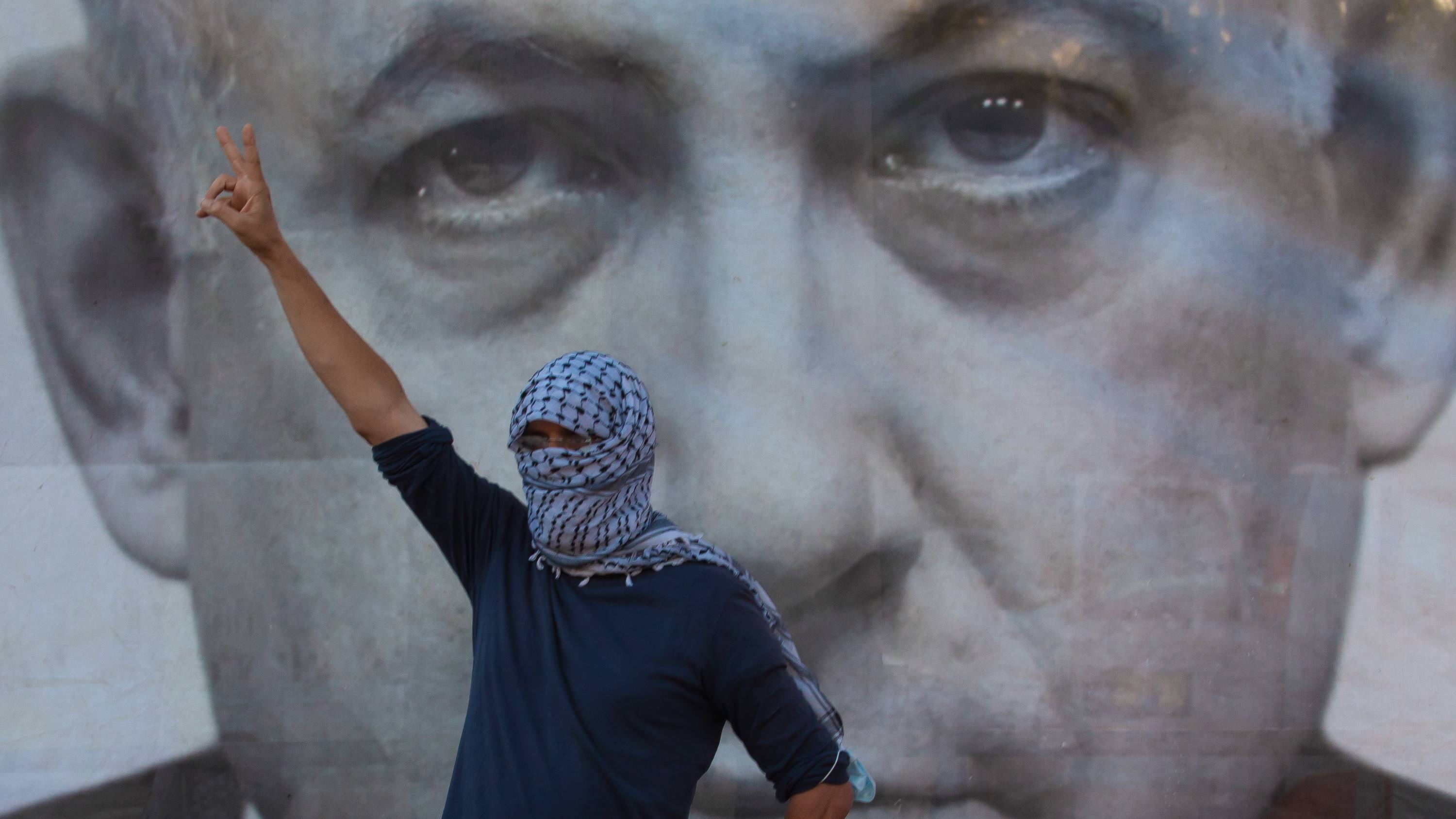Federal judge overturns Trump admin's 'third-country' asylum rule

Migrants wait in line for food in front of the makeshift migrant shelter at Unidad Deportiva Benito Juarez Stadium Tijuana, Mexico, on November 26, 2018. File Photo by Ariana Drehsler/UPI | License Photo
July 1 (UPI) -- A federal judge has invalidated a Trump administration rule requiring that refugees seeking asylum at the southern U.S. border must first apply in a "safe" third country.
In a 52-page ruling late Tuesday, U.S. District Judge Timothy Kelly of Washington, D.C., agreed with migrants and rights groups that the administration's "third-country asylum rule" violated U.S. law.
The rule was implemented after a number of Central American migrants from Honduras and Guatemala sought asylum in the United States, due to gang violence in their native countries. The caravans traveled through Mexico to reach the U.S. border.
The Departments of Justice and Homeland Security rolled out the rule after President Donald Trump vowed to stop the migrant caravans headed toward the United States.
Administration officials said the measure was aimed at reducing pressure on the immigration system "by more efficiently identifying aliens who are misusing the asylum system to enter and remain in the United States."
In his ruling Tuesday, Kelly vacated the rule and said it had been quickly imposed without the "notice-and-comment" procedures required under the Administrative Procedure Act, which requires a public commentary period for rule changes.
Kelly also denied the government's plea to stay the ruling pending an appeal.
Tuesday's was the administration's second legal setback on immigration in less than a month. The U.S. Supreme Court upheld the Deferred Action for Childhood Arrivals program on June 18. The administration, however, has already begun to prepare a new challenge.
The Departments of Justice and Homeland Security rolled out the rule after President Donald Trump vowed to stop the migrant caravans headed toward the United States.
Administration officials said the measure was aimed at reducing pressure on the immigration system "by more efficiently identifying aliens who are misusing the asylum system to enter and remain in the United States."
In his ruling Tuesday, Kelly vacated the rule and said it had been quickly imposed without the "notice-and-comment" procedures required under the Administrative Procedure Act, which requires a public commentary period for rule changes.
Kelly also denied the government's plea to stay the ruling pending an appeal.
Tuesday's was the administration's second legal setback on immigration in less than a month. The U.S. Supreme Court upheld the Deferred Action for Childhood Arrivals program on June 18. The administration, however, has already begun to prepare a new challenge.
TEAR GAS CS GAS CANISTER USED AT THE BORDER AGAINST FAMILIES AND CHILDREN SAME AS WHAT BARR USED AGAINST PROTESTERS IN WASHINGTON DC\
CS GAS IS CONSIDERED A CHEMICAL WEAPON OF WAR BY THE GENEVA CONVENTION AND IS OUTLAWED FOR USE AGAINST CIVILIAN POPULATIONS

Children of the Central American migrant caravan
ALL PHOTOS HERE https://tinyurl.com/y86pevmm

Albert Yared stands near the Greyhound Bus Station in downtown San Diego on Saturday. Albert traveled with his parents in the migrant caravan from Honduras hoping to seek asylum in the U.S., crossing from Tijuana to San Diego on December 21. They spent their first night in CBP custody, but are now wearing ankle bracelets and headed to Mississippi where they hope to begin their new lives. Photo by Ariana Drehsler/UPI | License Photo







